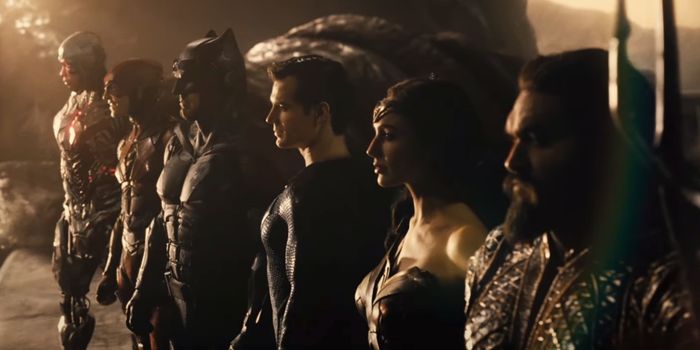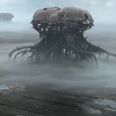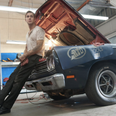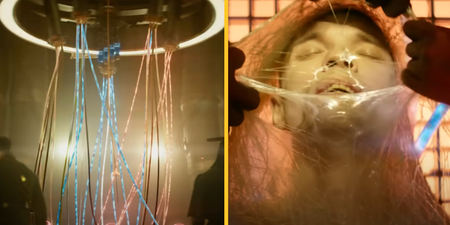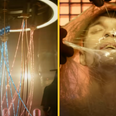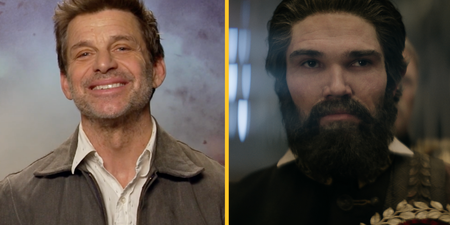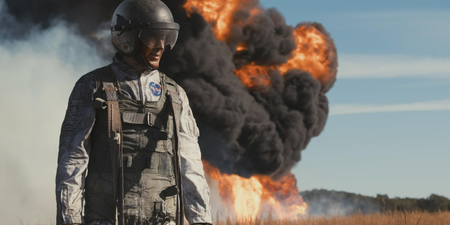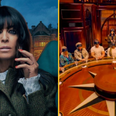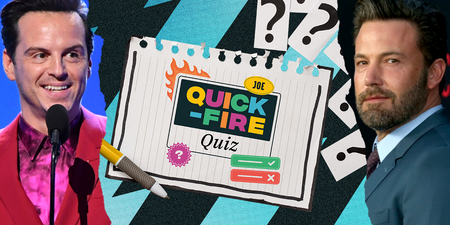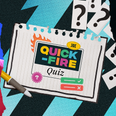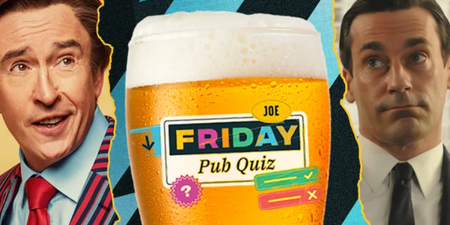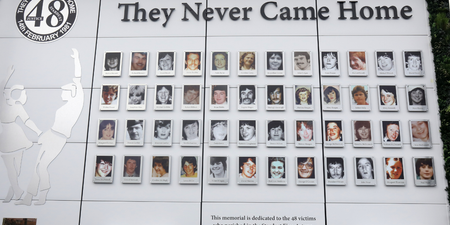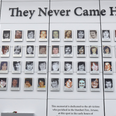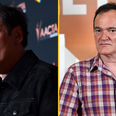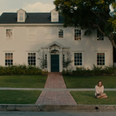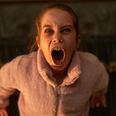One definite plus side: Henry Cavill’s green-screened moustache lip is nowhere to be found.
They say that towards the end of hypothermia, right before it kills you, it actually starts to feel very comfortable. The coldness is replaced by warmth, and you get a sense of calm and ease that washes over you. About 150 minutes into this 242-minute behemoth, something similar happens. Zack Snyder’s Justice League does, eventually, pummel you into some sort of submission, and you learn to stop worrying and love the bomb.
Let us get the obvious out of the way first, this is definitely better than Joss Whedon’s loud-and-fast take on the story, if only because the mish-mash of Whedon’s tongue-in-cheek humour and Snyder’s sepia-toned seriousness simply did not make good bedfellows. Additionally, someone’s math is off: early reports stated that only 10% of Snyder’s film ended up in Whedon’s final product, but Snyder said none of Whedon’s movie is in his cut, and most of what we saw in Whedon’s movie is here, so… yeah, there’s that.
Despite being almost exactly twice as long as Whedon’s version, the biggest identifiable changes in the finally released Snyder Cut can be found at the very beginning, and at the very end. We’ll get to that ending eventually (because… oh boy… is THAT gonna be a talking point online), so let us start at the start…
Superman’s (Henry Cavill) death screams at the hands of Doomsday during the finale of Batman v Superman: Dawn of Justice can be heard around the world, and actually awaken one of the three Mother Boxes dotted around the planet. Combined into The Unity, they can be used to destroy Earth and terraform it to The Unity’s user’s design. The awakening of the Mother Box brings down Steppenwolf (Ciaran Hinds, his voice and character design given an evil glow-up), who wants to retrieve them to please his master and universe-wide bad guy, Darkseid (Ray Porter).
Knowing something wicked this way comes, Bruce Wayne (Ben Affleck) attempts to wrangle some of Earth’s mightiest heroes and create a team capable of fighting back the invaders. So far, so The Avengers, with the Mother Boxes standing in for the Infinity Stones, and Darkseid for Thanos. The difference is that Justice League tries to introduce the entirety of the new heroes in just one movie and while Whedon’s cut gave very little getting-to-know-you time with The Flash (Ezra Miller), Aquaman (Jason Momoa) and Cyborg (Ray Fisher), Snyder’s cut does go a lot deeper (with some of them), and bizarrely, this just doubles down on the feeling that they really should’ve gotten their own movies first.
Muddying this up even further is the fact that, since 2017’s Justice League, we actually did get an Aquaman movie and the Arthur Curry we got to know in that movie is very different to the one we’re (re)introduced to in this one. The inherent messiness of the DC Extended Universe, which has since mostly been course-corrected, makes this project even more cluttered with background noise than usual. Is it even possible for Zack Snyder’s Justice League to be critiqued entirely on its own?
This is definitely Snyder’s vision of this story, given free rein to go all-in, with the violence and swearing ramped way up. Wonder Woman’s (Gal Gadot) opening scene involves her kicking a group of terrorists so hard that the back of their skulls burst open against concrete walls upon collision. There are several f-bombs dropped throughout, one of them by Batman(!), which is already a reaction GIF in waiting. Any questions about the moral dilemmas of superheroes not killing their adversaries are put entirely to their blood-soaked beds.
The excess is everywhere, feeling like the kind of cheap that only a $380 million production budget can buy. Whereas with Marvel movies, you can definitely feel the money on the screen when it comes to the action sequences, there is something off about Snyder’s blockbusters that always make them look cheaper than they obviously are. The same big action beats from Whedon’s cut are here – the attack on Themyscira for the first Mother Box, fighting Steppenwolf’s army at the abandoned Gotham Harbour, the resurrection of Superman and the finale in the Russian nuclear plant – but they’re all longer, more detailed, each hero given a bit more to do.
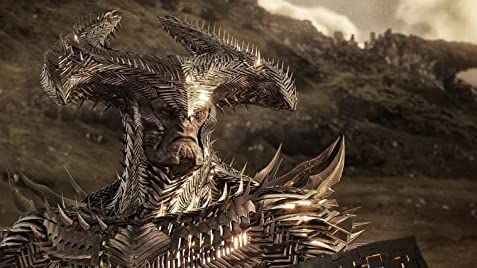
In fact, two of the worst parts of Whedon’s cut – that weird, out-of-nowhere Parademon attack on Batman at the very beginning, and the trapped Russian family in the end – are both missing from Snyder’s version, while most of the smaller highlights (nearly all of them involving The Flash) remain.
Which isn’t to say that, outside of Snyder’s addiction to excess, that is cut is without flaw; the opening Superman death screams scene actually goes on for so long that it becomes funny, there are not one but TWO songs by Nick Cave & The Bad Seeds used over slow-motion scenes of intended poignancy, and his version of Cyborg is such a misery-guts fun-drain that you can almost feel him zap the energy from the movie itself. He is basically the superhero equivalent of a teenager who keeps screaming “I never ASKED to be BORN!”
But, like we said, about two-and-a-half-hours in, 30 full minutes after Whedon’s cut would have been over, something in Justice League clicks. Maybe it is the fact that the ending seems to be in sight, or that one of the movie’s bigger questions is finally answered, or we discover that Nazis are somehow related to the plot all along (yep, seriously), but the momentum starts to build. And while we can’t say for sure that it wasn’t some form of Stockholm Syndrome setting in, it does actually start to get kinda fun.
The movie is so insanely bloated that we can’t even get into the subplots featuring huge stars like Amy Adams, Diane Lane, J.K. Simmons, Amber Heard, Jeremy Irons, Connie Nielsen, Joe Morton, Willem Dafoe, Billy Crudup, Harry Lennix and a few more we won’t mention but you’re probably already very aware of. They’re all here, they’ve all got entire scenes to themselves, doing important plot and character work, but in terms of a four-hour movie, they feel like tiny cameos.
The movie itself is broken down into chapters, which would’ve been the obvious breaks for when Warners were originally intending on releasing the project as a four-episode mini-series and it is that weird mentality that will help you get to the end credits. We’ve no issue sitting and watching episode after episode of a show, but give us a four-hour movie run-time and everybody loses their minds.
And then… that ending. Oh boy. We’ll cover the ending entirely in another article on here (if not three or four, because there is A LOT to unpack), but you should anticipate #ReleaseTheSnyderSequel to start trending about 15 seconds after people see how this one ends. And, most annoyingly, we’d probably have to agree. The next movie that Snyder sets up looks like it would have been absolutely brilliant, and completely different to everything we’ve seen in this or any other superhero movie before.
Alas, it is terribly unlikely that Warner Brothers will return to the shared cinematic universe, but we can’t say they didn’t go out with a bang. Zack Snyder’s Justice League is like a gaudy, opulent, aggressively over-the-top Las Vegas hotel, one that looks fit to collapse under the weight of its own hubris. It is loud, it is bright and just as you begin to feel like you’re becoming accustomed to its sensory overload, then you know it is time to go.
Zack Snyder’s Justice League is available to watch via NOW and Sky Cinema from Thursday, 18 March.
All clips via HBO Max
LISTEN: You Must Be Jokin’ with Aideen McQueen – Faith healers, Coolock craic and Gigging as Gaeilge
